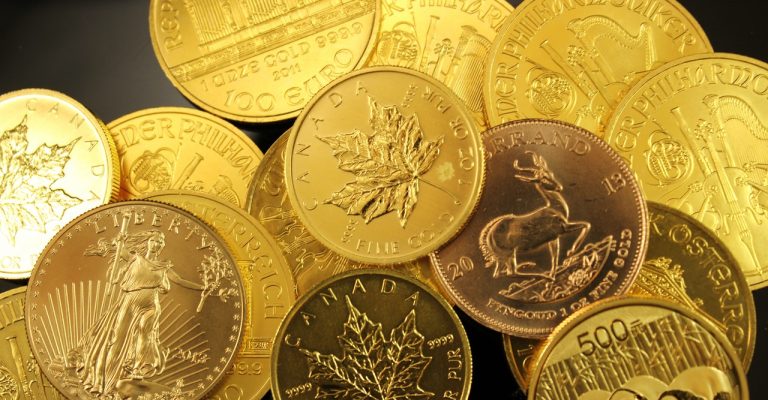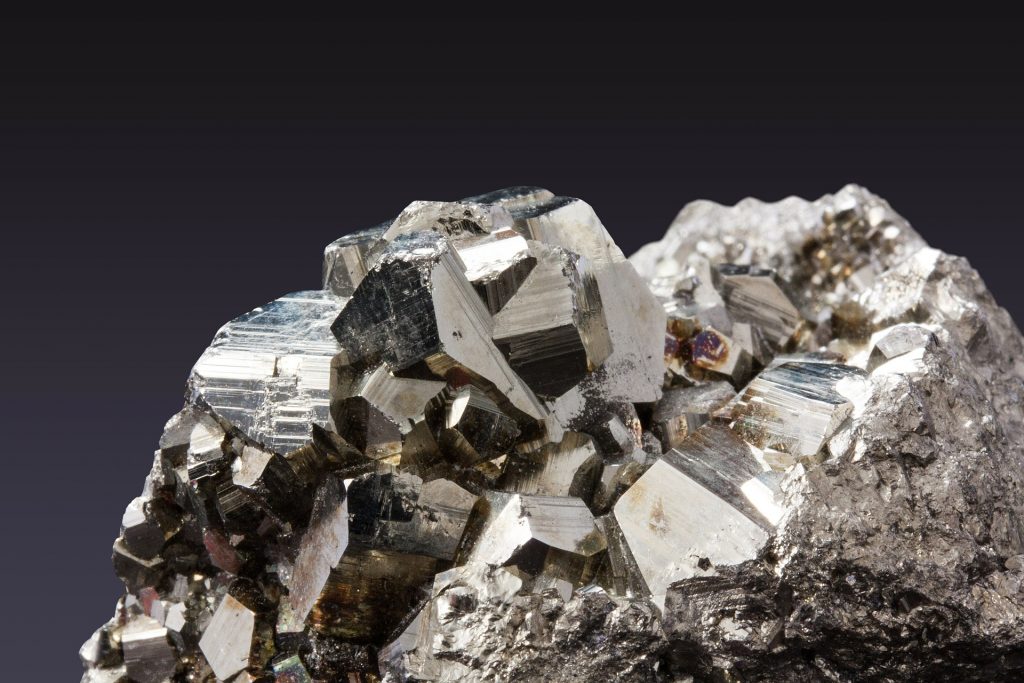Noble metals vs. base metals: What they are and their uses
When dealing with malleable metals, four different terms tend to come up – baser or base, and noble or precious. But what are these metals? Why are they so important in the industry? Who uses them? And how can you get in on the metals game?
Here is a quick yet comprehensive guide to the metal types and how to navigate them.
What is a base metal?
A base metal, also known as a “baser metal,” are those metals that aren’t considered precious. They can oxidize if the conditions are right, and tend to be more readily available than their noble metal counterparts.
Metals in this category consist of iron, copper, aluminum, zinc and other common metals used in everyday life and applications. These are not rare and are often mined at high volumes due to their uses and applications.
What is a noble metal?
A noble metal, or precious metal, is a metal that is malleable but doesn’t succumb to oxidation easily, if at all. These metals are usually considered rare and aren’t easy to access. They’re also often mixed with other metals or alloys to give them more durability and usability within various industries and applications.
These metals include high-demand elements such as gold, silver, palladium and platinum. Precious metals like these can also handle a much higher heat than their base counterparts.
What are they used for?
Both basic metals and noble metals have useful properties in a variety of industries. For example, precious metals such as silver and gold are frequently used in the electronics industry to create technical hardware such as microchips and processing elements.
Likewise, baser metals may be used for items such as the casings within the electronics and on the exteriors. However, their uses are not limited to just electronics. A better known use of base metals is within construction, communications and utilities, such as water pipes.
Precious metals are used for currencies and jewelry, and have been since before the Roman Empire. They have proven their intrinsic value throughout the years, and their durability is often unmatched.
What does that mean for consumers and investors?
Inexpensive metal may not seem like a cash cow, and unless you buy it in large quantities or have an expertise in investing in utility industries or construction industries, it can be difficult to invest or make profit from them. Precious metals (noble metals), however, can be easier to delve into, since they’re readily available in a variety of forms – like bullion or coins.
For example, those who want to invest in precious metals have a variety of options. Electronic investing is palpable, though many seem to favor coins and bullion over other forms of investing since they are tangible. In fact, most individuals looking to invest in gold, silver, palladium or platinum may find themselves with a plethora of options for any budget.
With the library of widespread uses, noble metals are excellent either as keepsakes or investment pieces. Base metals, such as iron – an abundant element found in various locales, are great for everyday uses, and items that take a lot of wear and tear.
While you may need more investment prowess to invest in a base metal, investing in precious metals is an easier and safer bet due to their widespread use and anti-corrosive properties, making your investment an intrinsic asset across the board. All you need is a reputable dealer or provider, and a few beginner pieces to get you started.
Once you gain access to your investment portfolio or have procured your collection’s starter pieces, you’re ready to get started on your noble metal journey.




